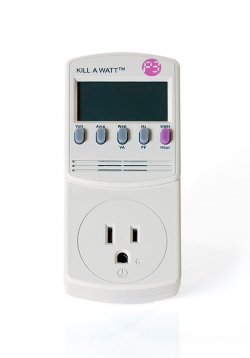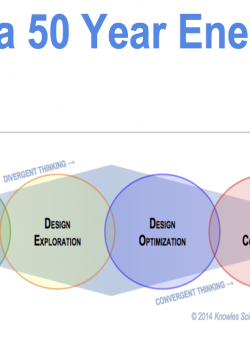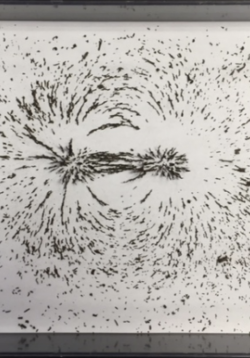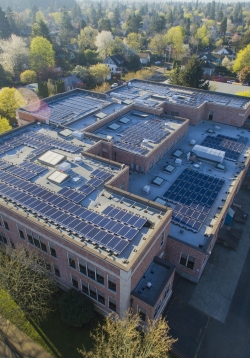Phone Charger Efficiency
This is part of the Off the Grid Unit. In this lesson students will explore the concept of efficiency , and how to take data in order to calculate the efficiency of various cell phone or USB charging circuits. They will complete this process by using a...








